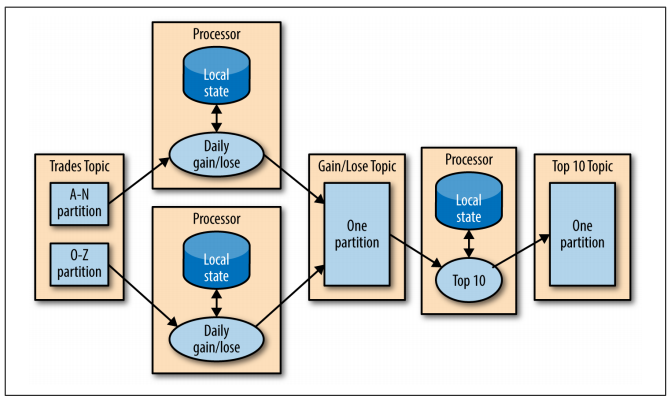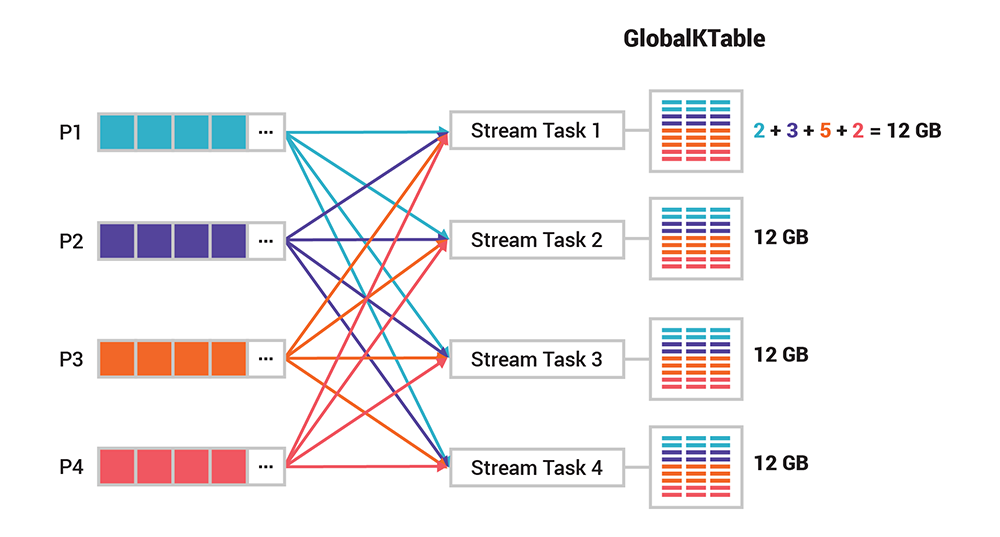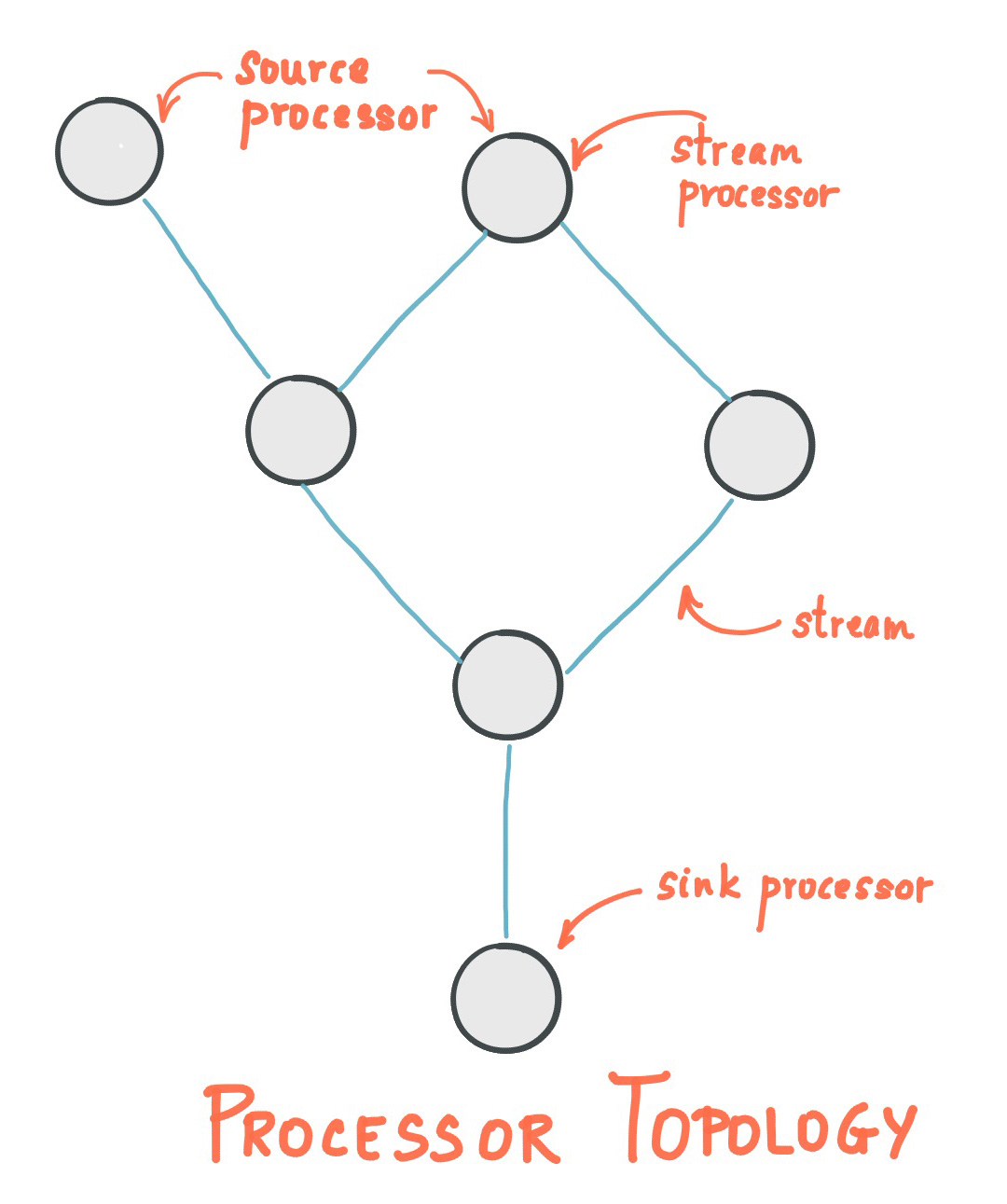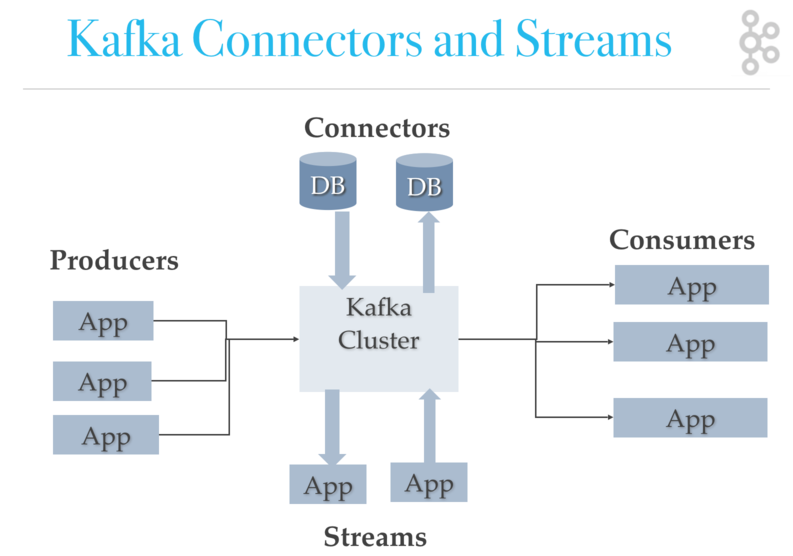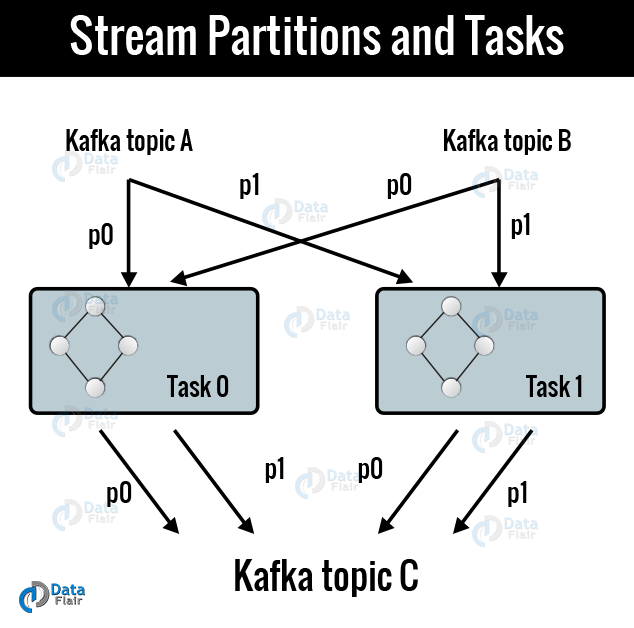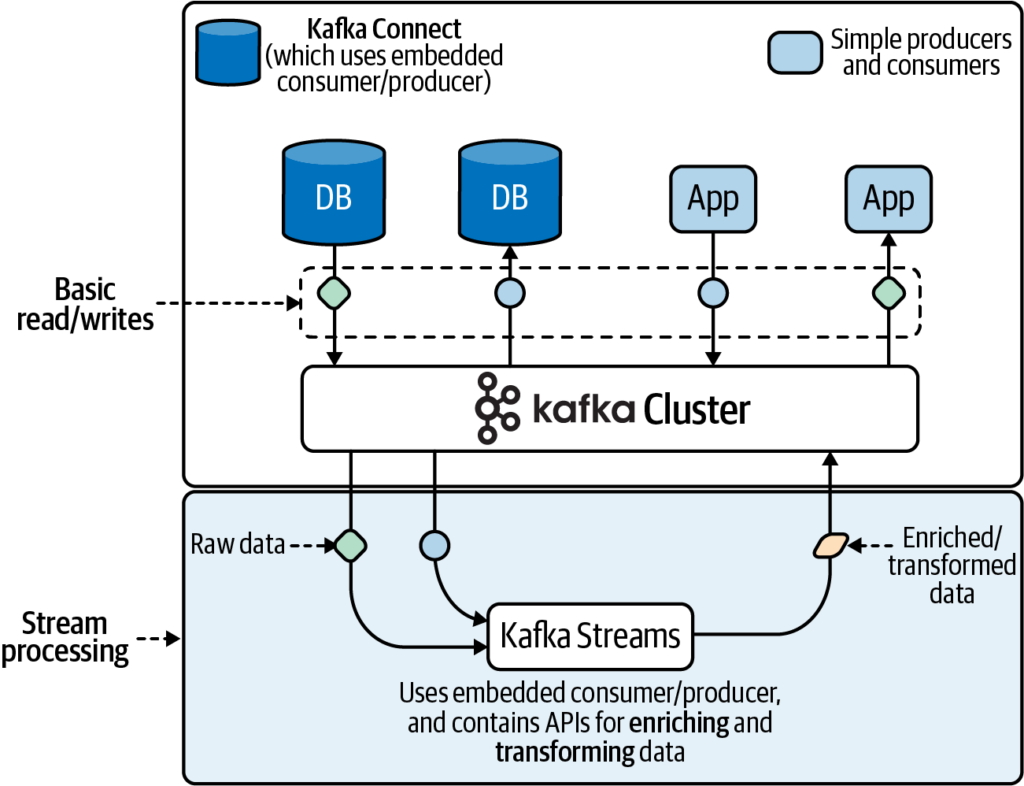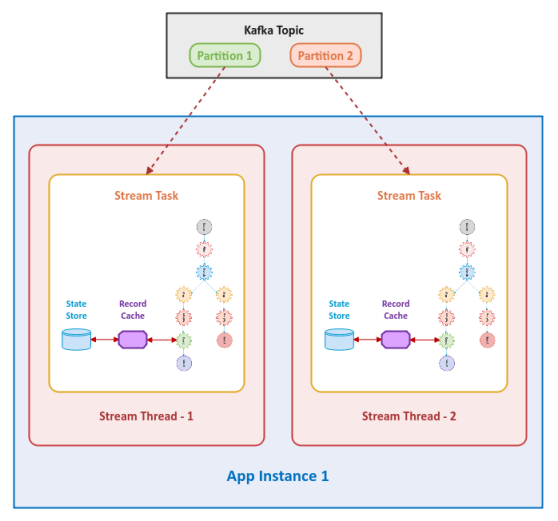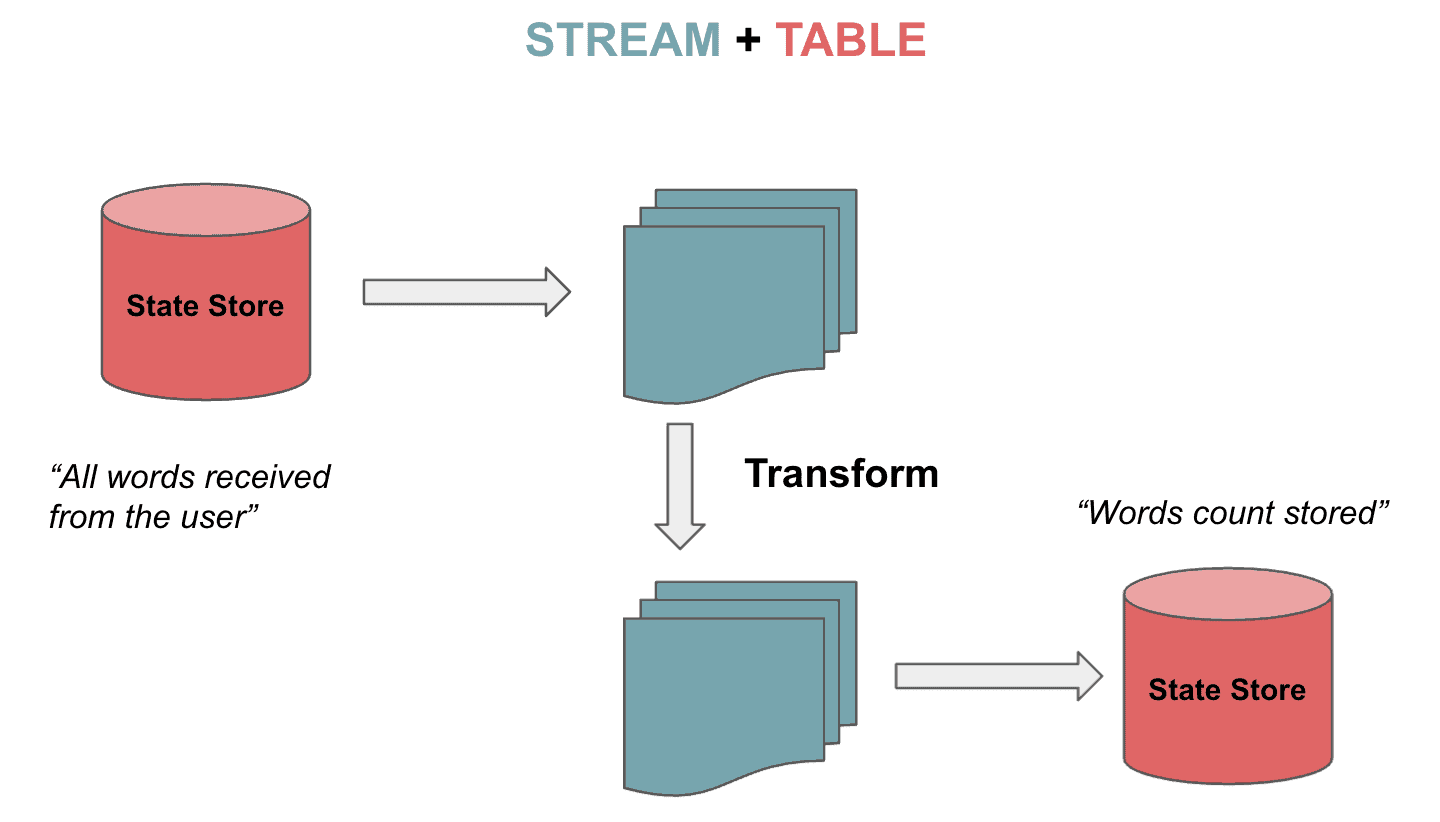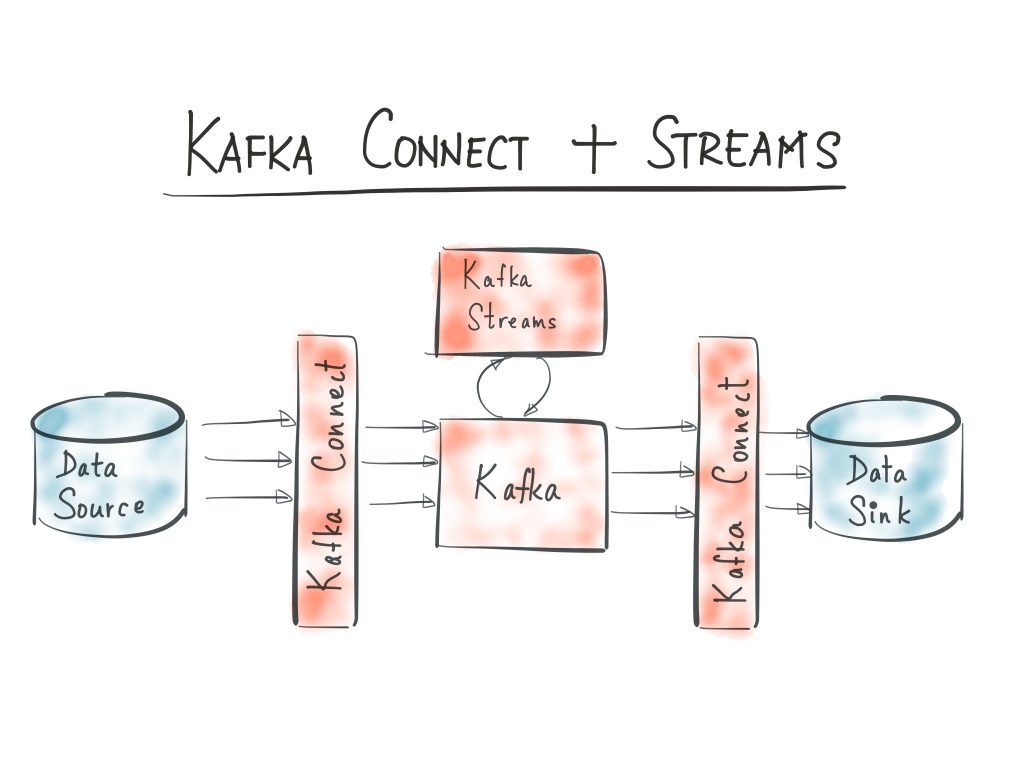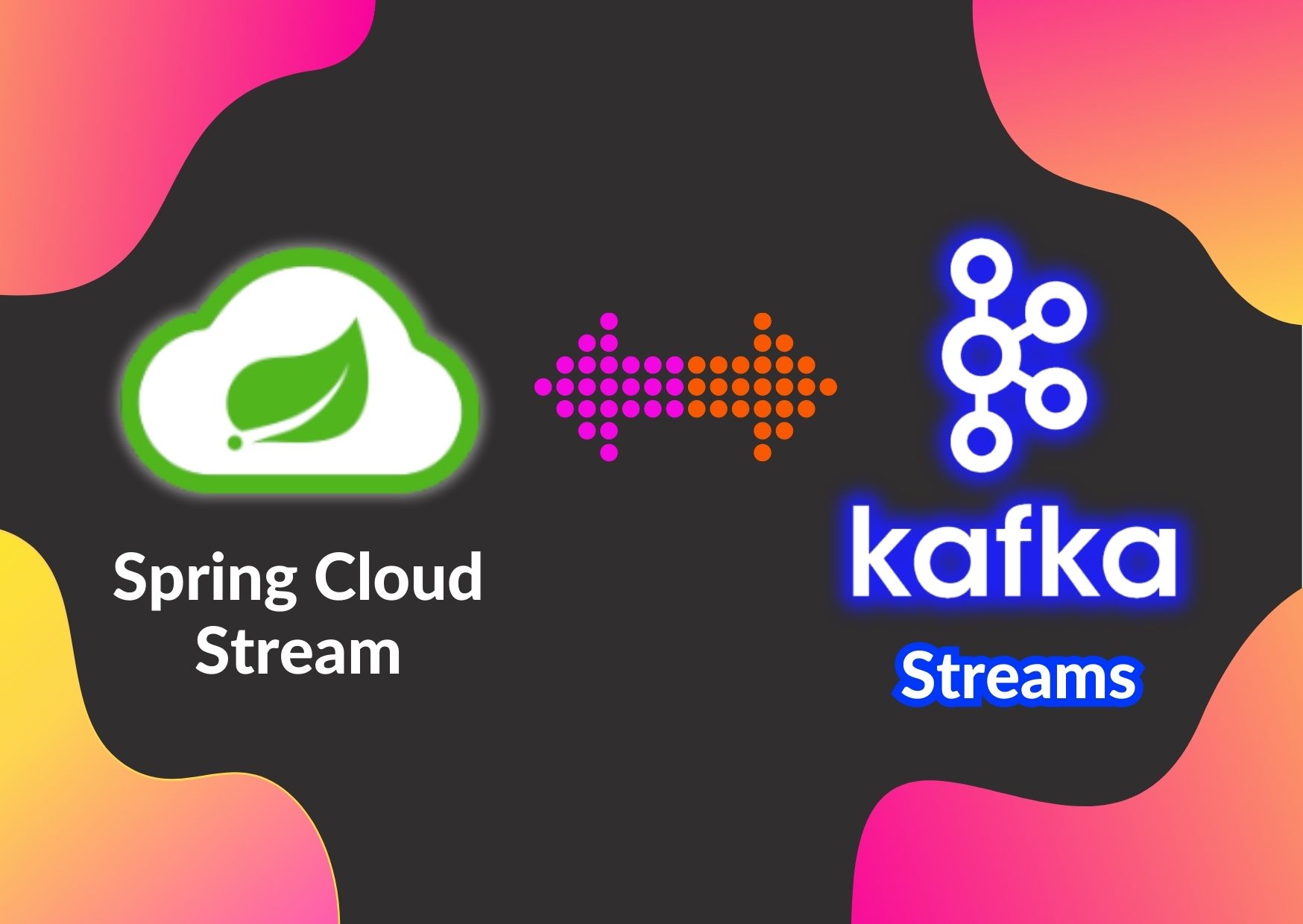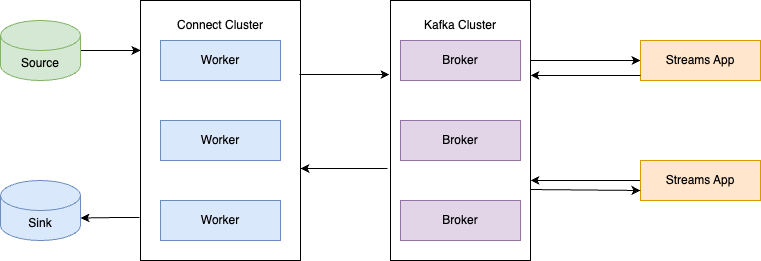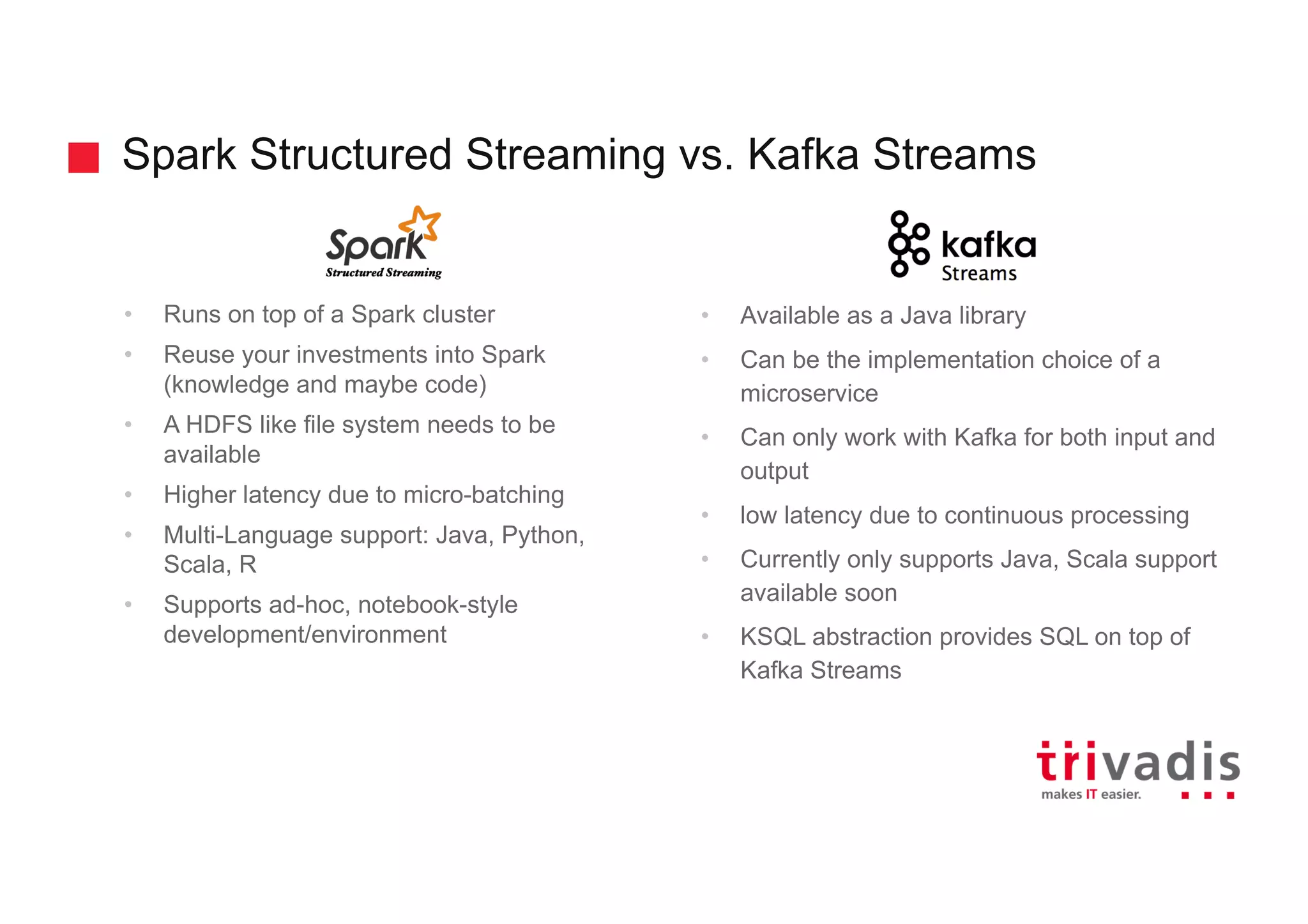Kafka Streams Join Multiple Streams
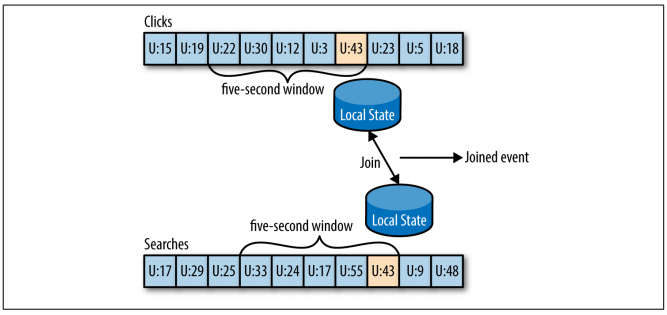
In the intricate world of real-time data processing, the ability to seamlessly integrate multiple data streams is paramount. Organizations grapple with the challenge of deriving meaningful insights from disparate data sources, demanding sophisticated tools capable of complex stream processing.
At the forefront of addressing this challenge is Kafka Streams, a powerful stream processing library within the Apache Kafka ecosystem. Recent advancements and growing adoption highlight its capacity to perform intricate operations, particularly the joining of multiple data streams, which unlocks possibilities for enriched analytics and real-time decision-making.
Understanding Kafka Streams and Stream Joining
Kafka Streams stands out for its simplicity and scalability, allowing developers to build fault-tolerant, stateful stream processing applications. It leverages Kafka's inherent capabilities for data storage and transportation, making it a natural choice for applications deeply integrated with the Kafka ecosystem.
The core concept behind joining streams is correlating data from different Kafka topics based on a shared key or timestamp. This process enriches the information available for analysis, allowing for more comprehensive insights.
Different types of joins cater to various use cases, including inner joins, left joins, outer joins, and windowed joins, each offering specific semantics for combining data records.
Types of Joins in Kafka Streams
An inner join produces a result only when matching records exist in both streams. It effectively filters out records that don't have a corresponding match in the other stream.
In contrast, a left join returns all records from the "left" stream and the matching records from the "right" stream. If no match is found, the right-side values will be null.
A outer join provides all the record, if it found match records from both streams, it'll return all the records, but it also returns records even if only 1 side contains value, but the other side is null.
Windowed joins are crucial when dealing with time-series data. They consider records within a specific time window when performing the join, ensuring that only temporally aligned data is correlated.
Implementation and Best Practices
Implementing multi-stream joins in Kafka Streams involves defining the topology of your data flow using the library's DSL (Domain Specific Language). This includes specifying the Kafka topics to consume from, defining the join criteria, and specifying the output topic for the joined records.
Careful consideration must be given to data partitioning and key selection to ensure efficient join processing. Proper partitioning ensures that records with the same key are processed by the same Kafka Streams instance, minimizing data shuffling and latency.
According to a Kafka Streams developer,
"Key selection is critical; choosing a key that provides good cardinality and relevance to the join operation is essential for performance."
Challenges and Considerations
Joining multiple streams can introduce complexities related to data consistency and fault tolerance. Ensuring that the join operation is atomic and that data is processed exactly-once requires careful configuration and error handling.
State management is another significant challenge. Kafka Streams utilizes local state stores to cache data for join operations, and managing the size and durability of these stores is crucial for performance and reliability. Monitoring these state stores and making sure they are properly sized is extremely important.
Furthermore, the potential for data skew, where certain keys have significantly more records than others, can lead to performance bottlenecks. Addressing data skew often involves techniques like repartitioning or sampling to balance the workload across processing instances.
Real-World Applications
The ability to join multiple streams unlocks a wide range of real-world applications. For example, in e-commerce, joining user activity data with product catalog data enables personalized recommendations and targeted marketing campaigns.
In the financial services industry, joining transaction data with risk assessment data allows for real-time fraud detection and risk mitigation. Consider joining the information from different banks to detect suspicious transaction and prevent any fraud.
In IoT applications, combining sensor data with location data can provide valuable insights for optimizing resource allocation and improving operational efficiency.
Future Trends and Developments
The field of stream processing is continuously evolving, and Kafka Streams is keeping pace with new features and improvements. Planned enhancements include improved support for complex join scenarios and better integration with other components of the Kafka ecosystem.
The rise of serverless computing and cloud-native architectures is also driving the development of more scalable and elastic stream processing solutions. These trends point toward a future where joining multiple streams becomes even more accessible and powerful.
Ultimately, the ability to seamlessly integrate and analyze data from diverse sources will become increasingly critical for organizations seeking to gain a competitive edge in the data-driven economy.
